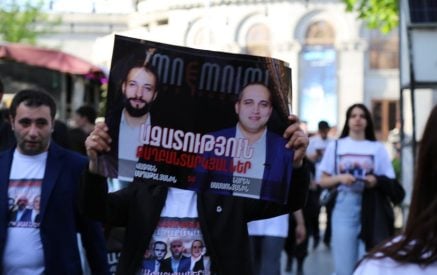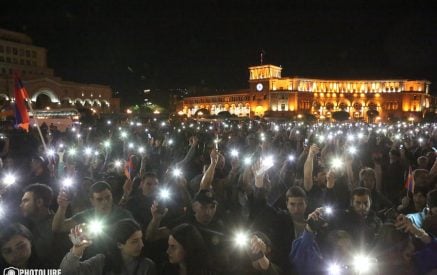Forty years ago, the cost for electricity per kilowatt was 4 kopecks, many in Armenia did not want to pay even that much, and were using different tricks for stealing the electricity. One bottle of vodka cost 3 rubles 62 kopecks, one loaf of bread – 30 kopecks, one box of “Salute” cigarettes – 30 kopecks, but “under the counter” – 40 kopecks, the regular ice cream briquettes cost 15 kopecks, and the full-cream ice – 20 kopecks.
Why do I remember all that? Because it was so in 1974 and in 1984. Although in the early 80’s, the process for beef and butter have not changed (2 rubles and 3 rubles 60 kopecks, respectively), but these products, basically, had disappeared from the stores and were sold either “under the counter” at more expensive price, or by “receipt” but poor quality.
At the same time, the “inexperienced people” like me were getting a salary of 120-150 rubles, which under the aforementioned prices was enough to have an ordinary and normal life. “Smart” and “agile” people were working a few times more, which provided them a much more luxurious life.
But, the problem is that we did not know why much given product is worth, and why these prices do not change over a decade. I did not know why the salary of an associate researcher is 120 rubles, and why after the thesis defense it should become 150 rubles. What? Would my contribution to the national economy grow after the defense of the thesis? In the “Soviet” times, both the prices and wages were conventional and arbitrary.
Now, it’s a quarter of a century we live in a market economy, when everything should have its market price, in other words, the price should be formed from the supply and demand relationship. But, we still do not understand how the electricity tariff occurs, in particular.
The “Electric Networks of Armenia” company seems to be private, but apparently it is not engaged in business, because it does not have competitors, the revenue is guaranteed, there is no risk, and vice versa, there is an “independent commission” that meets all its whims. The tariff includes the ENA’s unpaid loan. But should the private company’s debt be my, the consumer’s problem? And if the ENA requests organizing refreshments on monthly base, should we pay it off, too? And, finally, after paying 4 drams more per kilowatt, would I get a better quality power supply, and my current at home will not be turned off every other day by a light breeze? I highly doubt.
In short, some of the prices in the independent Armenia are still quite arbitrary.
ARAM ABRAHAMYAN
























































